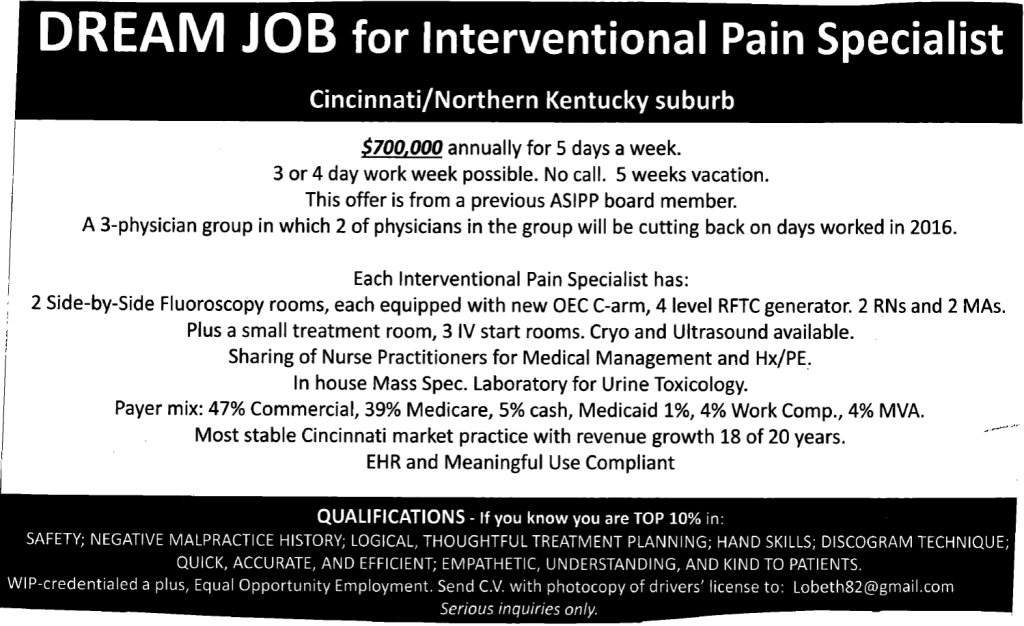CompPharma’s annual meeting was held last week; CompPharma is an association of workers’ comp PBMs of which I am president. This year the focus was on connecting payers’ Medical Directors, PBMs, and regulators in an effort to broaden all parties’ understanding of each others’ priorities, issues, concerns, and constraints.
A few key takeaways;
- Drug formularies must be evidence-based and supported by utilization review. UR must incorporate a quick and intelligent way to resolve disagreements.
- Formularies should NOT be restrictive – on either side. That is, regulations should support payers’ ability to restrict access to inappropriate drugs and readily approve drugs that a formulary may deem inappropriate.
- We continue to make good progress against overuse and abuse of opioids, but the biggest challenge remains long-term users of the drugs.
- The regulator’s task is beyond complex. Rapid changes in medical knowledge, conflicting state and federal laws (e.g. marijuana), reduced staff in many jurisdictions, and an adjudicatory process built for far less complicated times combine to ensure very few answers are simple and straightforward.
- Things are getting better in California, where the UR process has likely prevented serious harm in multiple instances. That said, well over 95% of all medical procedures and treatments are approved, a result that may indicate too much leniency rather than too little.
CDC’s draft opioid usage for chronic pain guidelines was obtained by an organization despite efforts to keep it closely held.. Notably, CDC’s researchers found precious little evidence supporting the practice. Note the draft is just that.
Implementing reform
Things are getting contentious in the provider – health plan world. As payers seek to promote narrower networks, some providers left out of those networks are not happy. While the most public airing of the dispute is in New Jersey, rest assured this is occurring in your state.
Expect a lot more in the news about this early next year; we’ll be all over this in January.
Meanwhile, both primary care and specialist physicians have seen a slight increase in pay since reform implementation.
Health insurance premium increases have been the subject of much reporting and even more confusion – some of it caused by the reporting. Here’s a quick summary of what’s REALLY happened. One key quote:
The average premium of the lowest-cost silver plan increased by less than 5 percent in five states, increased between 5 and 10 percent in five states, and increased by more than 10 percent in just four states.
Workers’ compensation
Jennifer Wolf-Horesjh, Executive Director of IAIABC has launched a podcast entitled Accidentally. The initial effort is well worth a listen.
Along with former SAIF CEO John Plotkin, Bob Wilson, and Bob Reardon of ISG I participated in a panel discussion on Social Media at NWCDC, focusing on positive aspects of social media. The video is up here.
Meanwhile, the US economy continues to improve, and the workers’ comp world is benefiting as employment increases lead directly to higher premiums. While rates are decreasing in most states, the jump in payroll is more than enough to offset the rate drop.
NCCI’s out with the final report on how things went for work comp insurers in 2014. Overall, ’14 results were pretty good despite low investment returns. The combined ratio (claims plus admin expense) stayed below 100, indicating insurers made money on an underwriting basis (not counting investment returns).
And t he good folk at WCRI have just published their latest research on Louisiana; you get order the publication here. Key takeaway – after adoption of medical treatment guidelines, utilization of medical services decreased. Remember, correlation is not necessarily causation…

